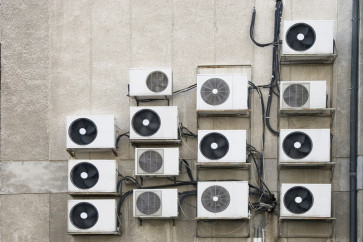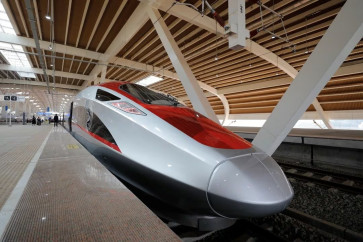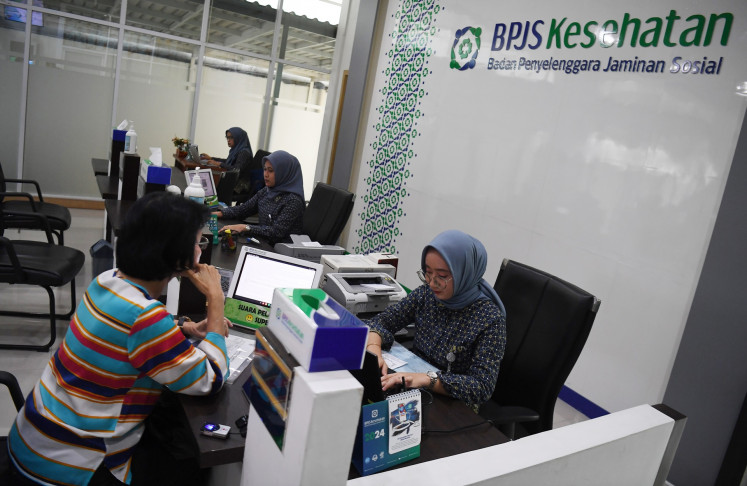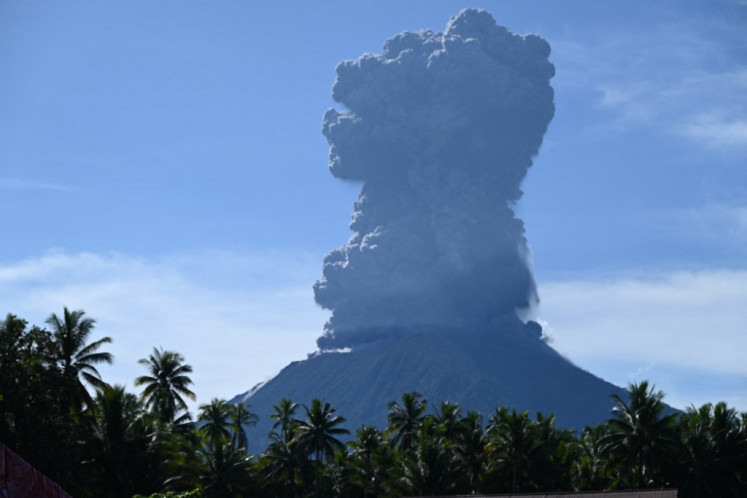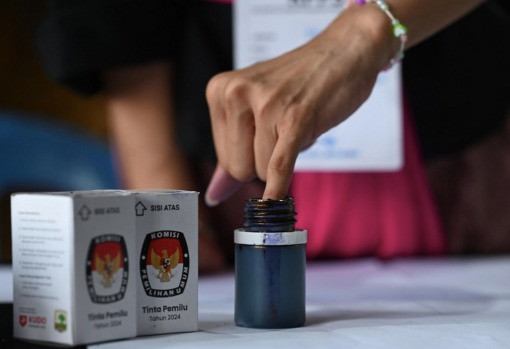Analysis: Indonesia equity market: Best in class
Source: BloombergIndonesian equities have provided investors in the past five years (2005-ytd) with 190 percent return (Please see chart), topping stock market performances even in the fast-growing BRIC countries (Brazil, Russia, India and China)
Change Size

Source: Bloomberg
Indonesian equities have provided investors in the past five years (2005-ytd) with 190 percent return (Please see chart), topping stock market performances even in the fast-growing BRIC countries (Brazil, Russia, India and China). In US dollar terms, this translates into 192 percent return.
While equaling this phenomenal feat will certainly be more challenging in 2010-2014, the Indonesian stock market’s advance has continued to remain strong, up 15 percent year-to-date (ytd), still outperforming the performances of the BRIC countries.
Thus far, we believe the Indonesian government continues to make steps in the right direction by providing “Access Indonesia”, venues for investors to meet with the top management of both listed and unlisted State-Owned Enterprises (SOE). Through this, investors would hopefully be better equipped to make more well-informed decisions of their investments in Indonesia.
In the past five years, Indonesia’s market gains stemmed from a combination of higher earnings and valuation expansions. The total aggregate earnings (i.e. net profit) of our stock universe in 2005 was
Rp 40.7 trillion (US$4.5 billion), and by 2009, bottom line had more than doubled to Rp 93.7 trillion ($10.4 billion), a cool 130 percent jump.
Over the same period, the average Indonesian market Price/Earning (PE) increased from 10.3 times in 2005 to 17 times today. This higher price-earnings ratio is an indication that investors’ expectations of the future earnings growth of the Indonesian market has also increased. Further P/E re-rating for equities is possible in our view given that pre-1997/1998 Asian financial crisis, Indonesian stocks traded at 18-20 times forward earnings.
It is interesting to note that the top three performing counters are all state-owned companies with simple business models within the commodity space. This is what Indonesia is known for, a market with commodity exposure. Top performer is tin manufacturer Timah (TINS), followed by coal miner Bukit Asam (PTBA) and gas distributor Perusahaan Gas Negara (PGAS). In fact, 9 out of the 10 companies in our top 10 list would be considered commodity-related counters, including the two heavy equipment companies, United Tractors (UNTR) and Hexindo (HEXA) which are exposed to the mining and plantation sectors.
With Indonesia known for being a commodity market, it is worth highlighting that around a third ($81 billion) of the Jakarta Composite Index total market capitalization of US$246 billion is comprised of commodity counters.
The coal sector alone makes up 17.7 percent of the total market capitalization of the index while other commodities, including metal mining and plantations would account for another 15.3 percent.
The resulting performances certainly make for interesting findings in terms of not only comprehending what propelled long-term returns for Indonesian stocks but also at the same time providing clues and tips for future companies planning to tap the capital market through initial public offerings (IPOs).
In this note, we take a look at company qualities which have paved the way for the Indonesian stock market to achieve its stellar performance. Our study shows that earnings growth has in part supported price performance. And that a relatively small cap company like TINS can grow to become a $1.5 billion market cap company today, helped by expectations that by 2010 net earnings would grow nearly 1,194 percent over 2005’s level.
At the operating level, aggregate operating profit for the stocks under our coverage escalated 109 percent to Rp 145 trillion ($16 billion) in 2009 from Rp 69 trillion ($7.7 billion) in 2005. In 2010, we expect our universe coverage to experience an operating profit increase of 18 percent year to year to Rp 171 trillion ($19 billion).
On the margin front, aggregate operating margin has surprisingly remained relatively stable in 2005-2009, ranging between 26.9 percent- 28.8 percent, helped by the high margins of commodity-related counters.
On the balance sheet front, our exercise reveals that Indonesian corporates have been building up cash in the past five years. Aggregate cash for our stock coverage had risen 167 percent from Rp 34 trillion ($3.8 billion) in 2005 to Rp 92 trillion ($10.2 billion) in 2009. Going forward, we expect cash build up to continue increasing 36 percent y-y to Rp 125 trillion ($13.8 billion) in 2010.
At the other end of the spectrum, some Indonesian corporates continue to leverage up as well to fund higher working capital requirements as well as increased capital expenditures. This is reflected in our rising total borrowings which increased 95 percent to Rp 191 trillion ($21 billion) in 2009 from Rp 98 billion ($11 billion) in 2005. While we expect this to further increase in 2010, the amount of additional debt will be minimal amounting to Rp 14.6 trillion ($1.6 billion), or up just 7.6 percent year to year to Rp 206 trillion ($23 billion).
In spite of higher borrowings, the Indonesian market as a whole is undergoing lower gearing, suggesting continued stronger balance sheet. Aggregate net gearing for the stocks under our basket of stocks has fallen from 42 percent in 2005 to 24 percent in 2009. Going forward, we expect continued balance sheet repair to take place with 2010 net gearing further coming down to 13.9 percent.
In summary, we believe investors should continue to invest in Indonesia. In the last five years, GDP averaged 5.5 percent, up from 4.6 percent in 2000-2004. In 2010, our economist is forecasting 6 percent GDP growth, suggesting that the pace of growth is rising. Assuming Indonesian corporates can double earnings again in the next five years with market P/E multiple remaining at current levels, we expect a compounded return of 20 percent per annum.

